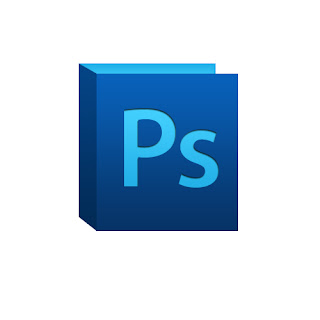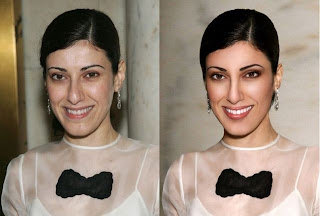There are several tutorials available online which are very useful
for a beginner. They require little knowledge even if the person has to
start from scratch. They are expected to learn the section of how to
Start, then later progress through the next section. The first tool to
learn is the Crop tool where the user uses the tool to trim down the
images. The Crop tool is also used to increase the canvas size and to
rotate the image. When a person is learning how to use Photoshop, a tool
called Curves is a very useful tool for colour correction and tones
adjusting functions in an image.

A Brush tool comes in handy when shaping, sizing, adjusting,
texturing and colour application. When a person is using digital images
they require a Pixels tool, which is useful in understanding
resolutions. This is because a digital image is made of pixels, which
are small squares with colour value of information that is digital.
Retouching tool is a very powerful tool used in image cleaning, lifting
the images face and repairing sections of an image. Blur filters are
normally used in creating a zoom or a motion. It usually replicates
effects and creates softness using a lens, which is out focused.
Beginners do not usually use colour setting application whwn learning
how to use Photoshop, but it is extremely important in the course of
learning, as it is very essential in producing consistent and quality
images.
Text and text effects is a tool used to give tremendous scope to
creative graphics. The effects maybe put in form of texts and all kinds
of techniques may be applied especially where there is justification of
texts. Filters provide subtle improvement and graphic effect. A powerful
facility called hue and saturation is used in making large shifts on
colours. It adjusts individual colours or whole images colours and it
can also tone white and black images. A person could also convert a
coloured image to white and black using black and white via greyscale
option. This gives a poor quality image, as a good quality conversion of
an image requires more work. Using these easy-to-follow steps, a person
may learn how to use Photoshop in a short period of time before they
can graduate to advanced levels.
The other blending modes and quick tips helps the learner to control
the image’s reactions to the adjacent layers. The blending creates more
impact when two images are brought together. In case the person makes a
mistake or if they change their minds about something in the image, they
can scroll back to past actions using the history brush. Resizing and
capturing the image may produce some softness degree in the pixel. For a
person to sharpen the image, they need a Sharpening tool. The image may
appear like it has little details in shadows and highlights.
For a person to recover these details, they need to use the bring out
details tool. A Photoshop needs to be in shape whether simple or
creative design and to achieve this a person needs to use a making
photoshop shapes tools. A Photoshop may be used in popping pimples and
changing facial expression after the image has been taken. It may take
sometime for person to learn how to use Photoshop to alter a photo.
There are several techniques, which one may use to change a captured
photo into reality. Pop pimples is the software used to eliminate
blemishes and pimples from the face. The application is used to remove
spots and stains captured in the photo.
The picture of Photoshop:
 |
| Before and after | |
|
-
-
1
Begin by choosing what area of Photoshop you would like to
work in. Organize your images by date, event, or whatever you decide.
Create items with your images such as cards or calendars. Share your
images by email or upload them to a website. The Edit option is probably
the most used option by the digital photographer and allows you to
change your images in a variety of ways.
-
2
Choose edit. In the edit option you can choose Quick Edit
(for simple changes like cropping), Guided Edit (get a walk-through), or
full edit (all the editing items you need). For the purposes of this
article choose full edit.
-
-
3
Click File then Open in the Photoshop edit screen to open an
image in your documents to work on.
-
4
Use the options across the top of the edit screen to do such
things as open, save and resize images, convert to black and white,
adjust lighting and color, create layers and use filters.
-
5
Check out the toolbar on the left of your edit screen in
Photoshop (this toolbar can be moved if you like). Use these tools to
zoom in or out, take out redeye, erase or clone items in an image, or
add text or clipart.
-
6
Use the Photoshop effects or layers on the right of the edit
screen (this section can be collapsed if needed). Effects can add
enhancements such as shadows or filters to an image such as turning a
digital photographers image into a watercolor.
-
7
Look for the bin at the bottom of the Photoshop edit screen
to switch back and forth between images or move a layer from one image
to another.
-
8
Practice on images after making sure you have saved the
original and use the Adobe Photoshop help.
 Instructions
Instructions Home
Home
